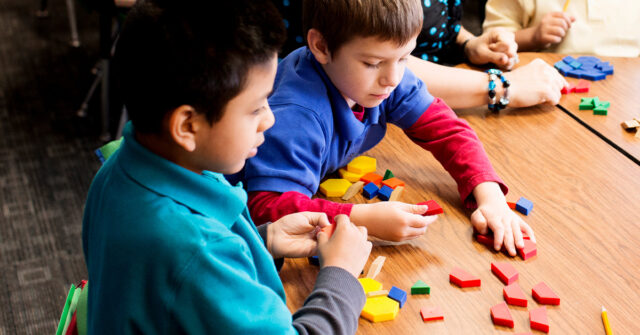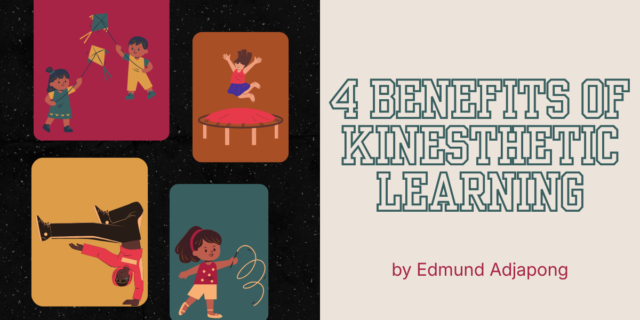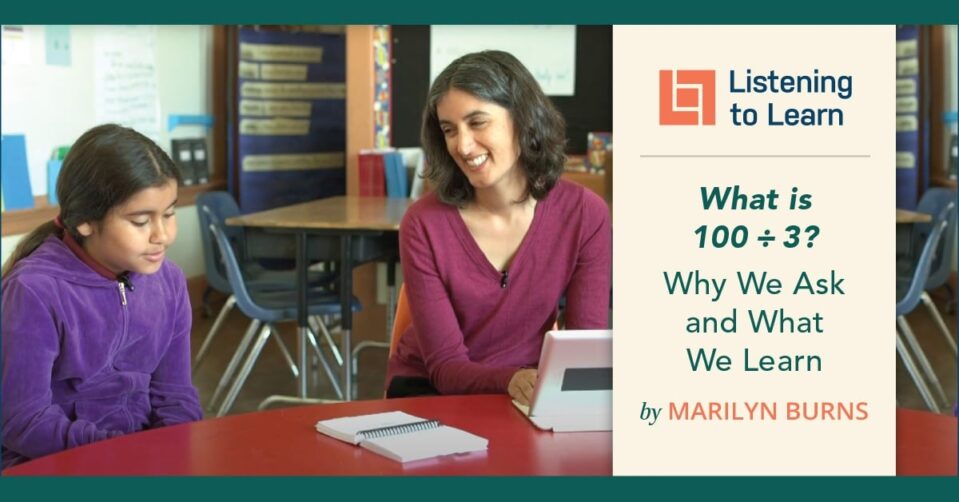
Listening to Learn is an exciting K–5 digital interview tool from highly respected educators Marilyn Burns and Lynne Zolli. Listening To Learn one-on-one assessments help teachers learn how their students reason numerically—the essential information they need to plan instruction. This blog comes from Marilyn Burns Math, where Marilyn regularly posts blogs, videos, and podcasts to help teachers help students learn math.
Interviewing students—asking them to do math without paper and pencil—has pushed me to learn more about how they reason numerically than I ever did before in my years of teaching. When focusing on division in our Listening to Learn interview tool, one question we ask students to solve is 100 ÷ 3. We included that problem in the interview for several reasons.
- We were interested in learning how students solve a division problem without a context and that has a remainder in the answer.
- We chose a small divisor (3) to make the problem accessible.
- We chose a friendly number (100) for the dividend because it’s a familiar and useful benchmark when students add and subtract.
- We were curious how students who typically solve division problems by using multiplication would solve a problem that didn’t relate to a basic multiplication fact.
Meet Zaynab and Mallika
Zaynab was a fifth grader, here interviewed by Mallika Scott. I’d spent a good deal of time in Zaynab’s class both when she was a fourth grader and then the next year when this interview was done. She was a thoughtful student and a competent math thinker. (I’ve worked with Mallika on a variety of projects, including Do The Math and the Math Reasoning Inventory. She now teaches math methods courses at California State University, Fullerton.)
Before presenting 100 ÷ 3, Mallika asked Zaynab to solve 32 ÷ 5. For this question, Zaynab thought for a moment and then answered, “Six remainder 2.” She explained, “Because I knew that 6 times 5 equals 30 and there would be 2 remainder.”
Zaynab solved 53 ÷ 5 just as easily, using 5 x 10 to reason.
From these responses, we learn that Zaynab was able to derive answers from known facts (here 6 x 5 and 5 x 10), solve division problems without contexts that had remainders, and apply the inverse relationship between multiplication and division (which she regularly did to solve division problems both in and out of contexts).
However, when Mallika presented the problem 100 ÷ 3, Zaynab’s response was decidedly different. Take a look.
Reflecting on Zaynab Solving 100 ÷ 3
To solve 100 ÷ 3, Zaynab first added 25 + 25 + 25 and commented that “each of them got 25.” (It wasn’t until later that I realized what she meant by that comment. I explain below.) Zaynab knew she had 25 left from the 100 to deal with and she began to work on dividing 25 by 3. Mallika watched Zaynab think quietly about 25 ÷ 3 for 30 seconds and then gently asked, “Can you say what you’re thinking out loud?” Zaynab explained how she was using multiplication, multiplying 3 x 3, then 3 x 4, and continuing up to 3 x 8 = 24. Then she said, “All the classes would get . . ..” Here Zaynab paused to add 25 + 8 and then concluded that “all of them would get 33 and there would be a remainder of 1.”
What I learned from Zaynab:
- I’ve watched this clip multiple times. (Ah, the luxury of being able to revisit interviews. That’s why we’ve included several hundred videos in the Listening to Learn library, some of complete interviews and others of students answering individual questions, as Zaynab did here.) While we thought that using 100 as the dividend would result in a division problem that was accessible for solving mentally, this wasn’t necessarily true, for Zaynab or for other students who solved this problem. Takeaway #1: Multiplication is very different from addition and subtraction, and we shouldn’t expect all aspects of addition and subtraction to connect to multiplication and division.
- I learned that Zaynab was a resourceful problem solver. To attach meaning to 100 ÷ 3, she turned to a context that was familiar to her― the series of problems we had previously solved in class about sharing different quantities of Origami papers with different numbers of classes. Takeaway #2: Contexts are useful for bringing meaning to operations, for helping students develop “operation sense” as they develop “number sense.”
- Zaynab figured out the answer to the division problem, 100 ÷ 3, by using addition (25 + 25 + 25) and multiplication (3 x 8). This demonstrated her ability to reason flexibly when solving a division problem. Takeaway #3: Helping students see relationships and connections among operations is important.
- I observed that while Zaynab used the context of sharing Origami paper to give meaning to 100 ÷ 3, she didn’t rely on a context to solve either 32 ÷ 5 or 53 ÷ 5, or to solve 25 ÷ 3 when she was figuring out the answer to 100 ÷3. Takeaway #4: The numbers matter! Once numbers are slightly out of reach for students, as the dividend of 100 seemed to be for Zaynab, students have to do some mathematical casting about.
About Sharing vs Grouping Division Problems
The context of the Origami paper problems led Zaynab to think about 100 ÷ 3 as a sharing division problem―sharing 100 pieces of paper among three classes. She first gave each class 25 pieces and then figured out how to share the remaining 25 pieces. A grouping division problem , still using Origami papers, might be: I have 100 pieces of Origami paper and I want to give each student three pieces. How many students will get a packet of three Origami papers? When we introduce students to division, we provide them experiences with both sharing and grouping situations. The answer is numerically the same for both problems―33 with a remainder of 1―but students’ solution strategies might differ. Students benefit from experiences with solving problems that involve both interpretations of division.
Using Zaynab’s Thinking for Class Instruction
It might be interesting to use Zaynab’s reasoning for a class lesson. One of the values of video clips like this one is how they can help spark other students’ thinking. For example, imagine showing your class this video clip and then asking the students to discuss how Zaynab reasoned. This would be appropriate only after the students had grappled with the problem themselves. (You can read a previous blog I wrote about engaging Zaynab’s class in thinking about how Jonah, a student from another school, solved 100 ÷ 3 and got the answer of 33 ¼.)
Representing Zaynab’s Solution Strategy
When I think about what Zaynab did to divide 100 by 3, here’s how I might mathematically represent her thinking:
100 = 75 + 25
75 ÷ 3 = 25
25 ÷ 3 = 8 remainder 1
25 + 8 = 33
100 ÷ 3 = 33 remainder 1
Another way to represent Zaynab’s thinking, that shows how her reasoning relates to the Distributive Property and uses the kind of representation that students learn in middle school:
100 ÷ 3 = (75 ÷ 3) + (25 ÷ 3)
Listening to Learn Labs―Interactive Professional Learning:
Watching the video clip multiple times was incredibly helpful for me to understand Zaynab’s reasoning. Also, I talked about the clip with several colleagues. These two experiences―watching the clip multiple times and talking with colleagues―is what I found to be an extraordinary professional learning opportunity for me.
Watching video clips, reflecting on them, and talking with colleagues is an opportunity we provide in our three categories of Listening to Learn Labs. In our Reasoning Labs, we focus on how students solve specific interview questions. In our Strategy Labs, we unpack the numerical reasoning strategies that students need for solving problems mentally. In our Interview Labs, we address questions that relate to interviews more generally, questions like When is wait time important and useful during interviews?, What if a student self-corrects and changes an answer?, When is it helpful to ask additional probing questions during an interview? and more.
Next Steps Suggestions for Instruction:
At the end of all of our Listening to Learn Labs, we provide next-steps suggestions. Here are two instructional ideas.
- Class Investigation: Divisors of 100
Engage the class in investigating all of the possible divisors of 100 that produce a remainder of zero. Start by having them identify the one-digit divisors of 100 (1, 2, 4, and 5). Then, for an extension investigation, have them figure out all of the two-digit divisors of 100 that result in a remainder of zero (10, 20, 25, and 50). Game: Leftovers from 100
This is a two-player division game that engages students with solving division problems with and without remainders. Display the numbers from 1 to 20 and play with a student to introduce the rules to the class. Player 1 crosses out a number (now no longer available), divides 100 by it, and scores the remainder. Both players subtract the crossed-out number from 100 to determine the new start number. Player 2 then crosses out another number from 1 to 20, divides 100 by it, and scores the remainder. Again, both players subtract the crossed-out number to get the new start number. Play continues until all of the numbers from 1 to 20 have been crossed out or the starting number is zero or it’s no longer possible for either player to score. Players add the remainders they scored and the player with the greater total is the winner.
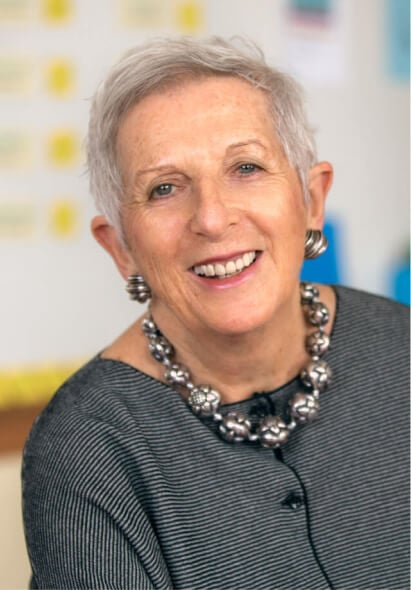
Marilyn Burns is one of today’s most highly respected mathematics educators. Over the course of almost sixty years, Marilyn has taught children, led professional development sessions, spoken at conferences, contributed to professional journals, written a dozen books for children, and created more than twenty professional development publications for teachers and administrators. She is also a co-author of Do The Math, which is now available from Heinemann.
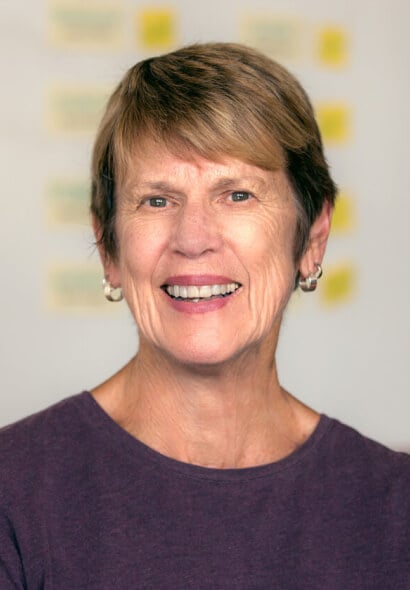
Lynne Zolli was a classroom teacher in the San Francisco Unified School District for over forty years and taught grades 1 through 6. She also was a mentor teacher, professional development leader, Math Solutions instructor, and conference speaker. Lynne is a grant writer, an author of Math Solutions professional books, and a co-author of Listening to Learn and Do the Math, both of which are available from Heinemann.

